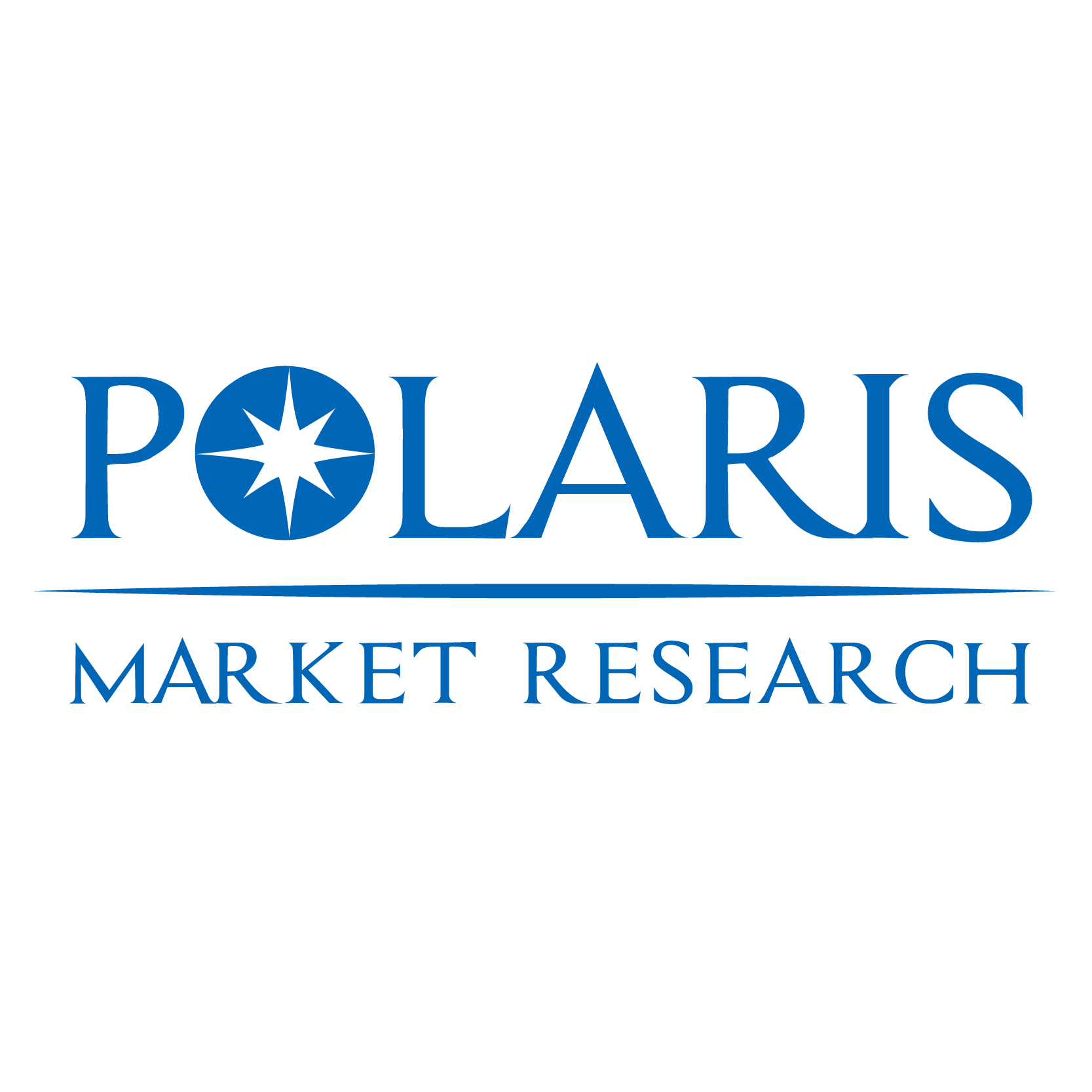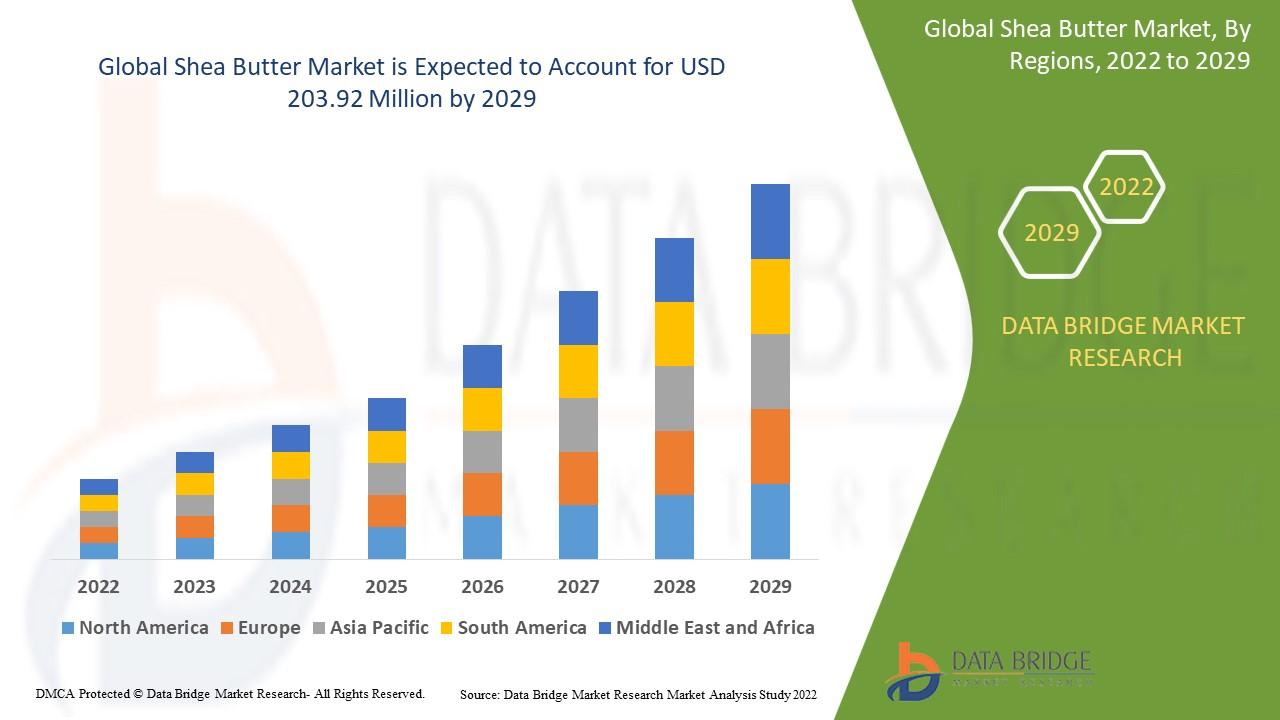Pharmaceutical Glass Packaging Market: A Deep Dive into Growth Drivers
The global Pharmaceutical Glass Packaging Market is witnessing remarkable expansion, driven by several critical growth factors. One of the foremost drivers is the surging need for injectable drugs, including biologics, gene therapies, and vaccines, which demand high‑purity Type I borosilicate glass owing to its inert chemical profile and superior stability under sterilization conditions. Regulatory agencies such as the FDA and EMA mandate such chemically resistant packaging to prevent contamination and maintain the therapeutic efficacy of delicate molecular medicines. Moreover, the rise of chronic disease treatments and self-administered therapies—such as insulin and prefilled syringes—is propelling consistent demand.
Another considerable growth catalyst is the mounting emphasis on sustainability. Glass is inherently recyclable and, compared with some plastic alternatives, can be reused or recycled without degrading its quality. As pharmaceutical companies align with environmental objectives, glass packaging serves as a favorable solution to reduce carbon footprints and plastic waste. The trend toward circular economy models is pushing stakeholders to invest in eco‑friendly production processes and glass recycling initiatives.
Supply chain resilience has also become a central concern in recent years. The pharmaceutical sector’s increased attention on on‑shoring and regional production is encouraging investment in glass manufacturing capacity globally. Localized glass production helps reduce lead times, lower transportation risk, and streamline logistics. Such capacity expansions are being undertaken particularly in emerging markets with growing biologics manufacturing presence.
Counterbalancing these drivers are challenges, notably from alternative packaging materials. Polymer-based systems such as cyclic olefin copolymers (COC) and cyclic olefin polymers (COP) are gaining traction in certain applications due to their lighter weight and reduced breakage risk. The competition from these materials exerts pricing pressure on glass suppliers and forces innovation in glass design, such as coated, lightweight, or specialty glass formats that address both performance and cost.
Technological innovation is also shaping the market. Manufacturers are investing in barrier coatings, hydrophobic surfaces, and silicone-based treatments to improve the mechanical robustness and compatibility of glass vials and syringes. These advancements help minimize particulate contamination and enhance handling during automated filling. In parallel, inspection technologies and automated quality control are being scaled up, as regulators and manufacturers demand high-quality containers with minimal defect rates.
In summary, the Pharmaceutical Glass Packaging Market Analysis is expanding on the strength of biologics growth, sustainability initiatives, and localized production strategies. At the same time, competition from advanced polymers and the need for cutting-edge glass technologies are pushing the industry toward continuous innovation. Stakeholders who balance quality, regulatory compliance, and environmental responsibility are likely to thrive in this evolving space.



